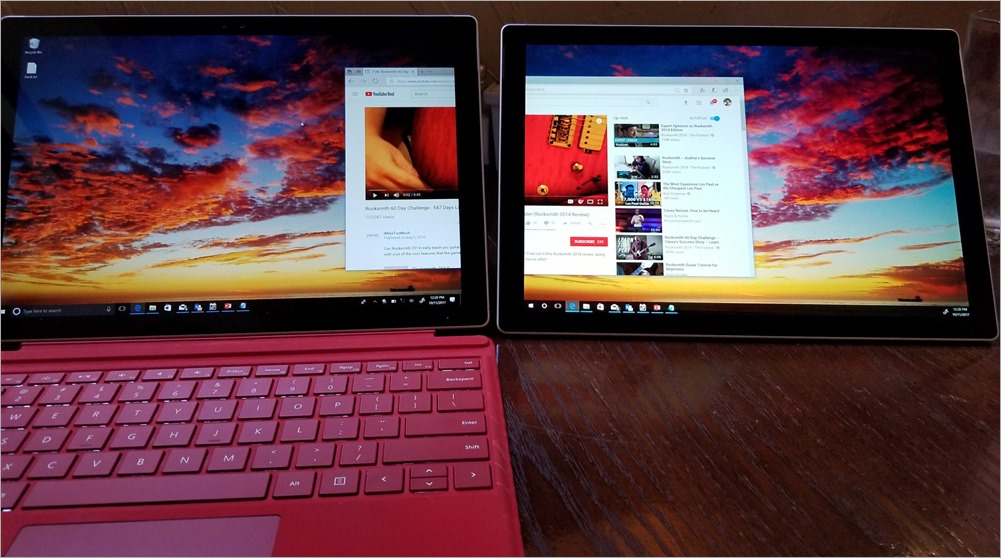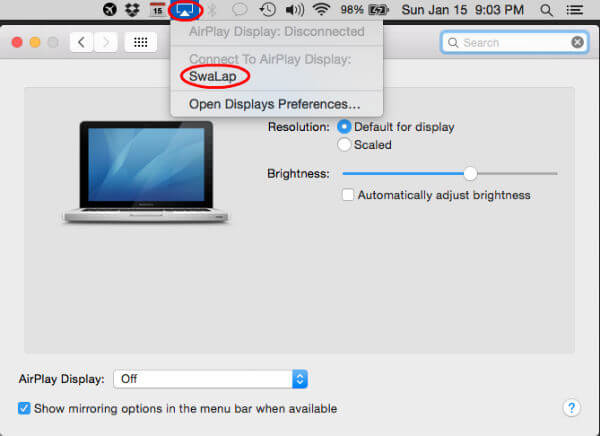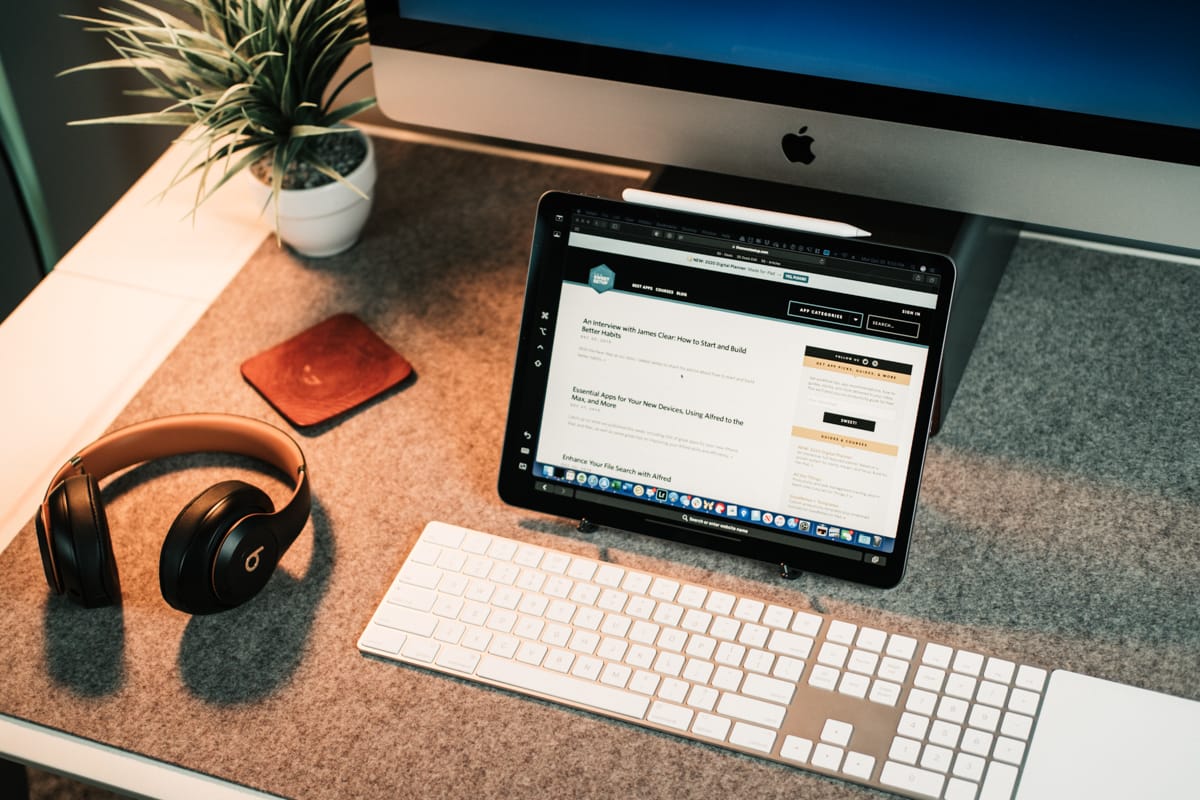

This will make your two monitors function as a single whole monitor with a stretched-out desktop that you can freely move things between - the ideal choice for most dual-monitor users. The first is to Extend Desktop to This Display. Select your secondary monitor at the top, then scroll down in the Display Settings window, and select the Multiple Displays list to see your options. If both of your monitors are showing up, then you need to choose how they will work.
#EXTENDED DISPLAY FOR MAC WINDOWS 10 FOR WINDOWS 10#
If it’s still not working, check for Windows 10 updates, reboot, and try again. There is also a wireless option if you scroll down and choose Connect to a Wireless Display - less common but potentially useful. If you do not see your second monitor show up, try unplugging the cables and plugging them back in again. The window this brings up will show your connected displays, which display is your primary display, and on which side the secondary is positioned (you can choose a different side by dragging the screen numbers). When you reach the home screen, right-click on an empty part of the screen, and choose Display Settings. Step 3: Go to Display settings on Windows 10įire up your PC. Now you’re ready to position both monitors on your desk and connect them to your PC. For a smooth whole-screen experience, it’s a good idea to pick a monitor with a “bezel-less” or thin-bezel screen.
#EXTENDED DISPLAY FOR MAC WINDOWS 10 PC#
Double-check to see that the monitor includes the right type of port for your open PC connection, and buy any necessary cables as well. We have some suggestions to help get you started and a list of budget models that are handy for saving money. With port information in hand, you’re ready to pick out the best new monitor for your dual-display setup. Step 2: Make sure your monitors are compatible and connect them Chuong Nguyen / Digital Trends

The laptop screen itself can also be used as a second monitor with the right setup, although that isn’t as common. You can also use a monitor as a second screen with a laptop, as long as that laptop has compatible display ports of its own. Note which spare port you will be attaching the new monitor to and what connection type you’ll need. Make sure you have at least two of these display ports for two monitors. You may also have a DVI-I port for managing older digital/analog connections, and some PCs might still have a VGA port (although we don’t advise using this for a second monitor).

For modern monitors and PCs, the two common options are HDMI and DisplayPort, with even newer models also offering USB-C and Thunderbolt 3 for A/V data. Now check to see what kind of display connections you have to work with.

Snap a quick photo of this whole section for quick reference if necessary. If you have a discrete (non-integrated) GPU, then there may also be a GPU section with ports of its own to take stock of. If it’s been a while since you’ve peeked back there, take a look before you buy a secondary monitor. Your PC has an area for all important cable connections, typically called the I/O panel. Step 1: Check your I/O panel and GPU for connections If you have any problems with your setup, you can also check out our guide on common multi-monitor problems for more info. If you’re interested in this type of setup, our guide can show you the way - and Windows 10 makes it easier than ever. From having multiple browser windows open to using complex sets of editing tools for photos or video or having guides open on a second screen for research or gaming - it’s always an excellent way to maximize your productivity. Setting up dual monitors helps your productivity immensely.


 0 kommentar(er)
0 kommentar(er)
